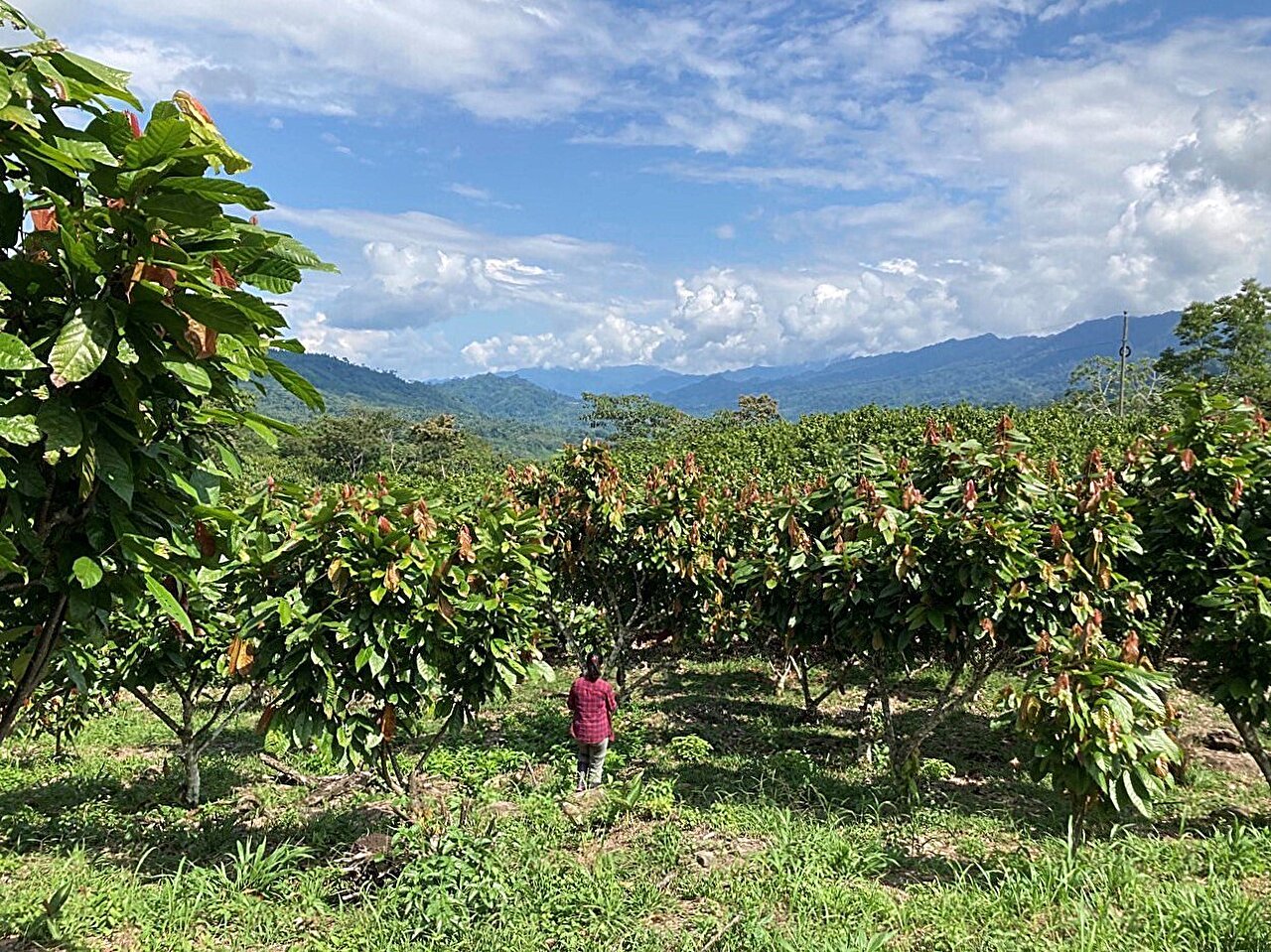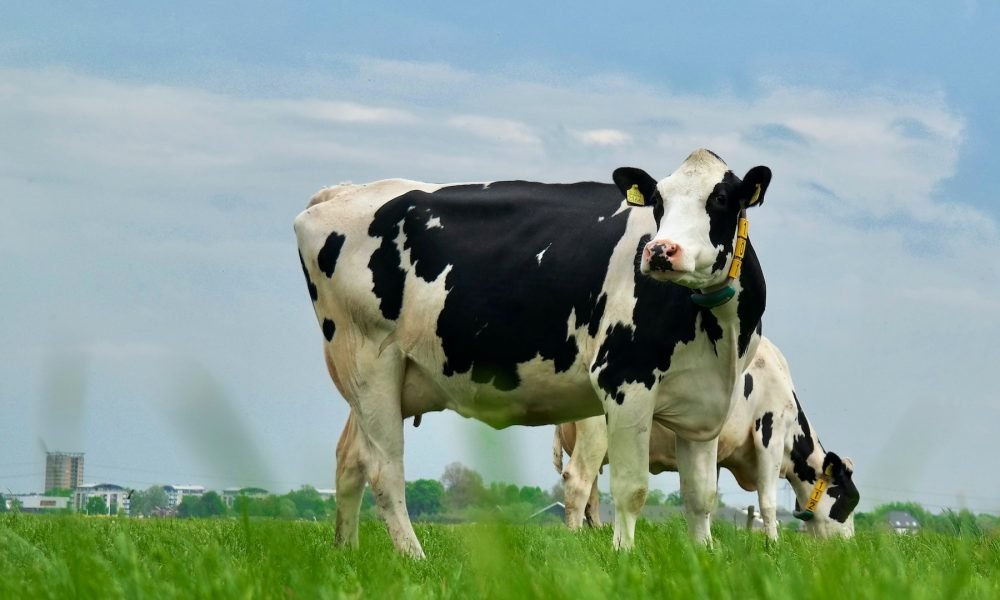Tree crops like apples, olives, coffee, and cacao play an essential role in feeding millions while supporting livelihoods and contributing to global economies. Despite covering over 183 million hectares worldwide, these crops are often sidelined in agricultural policies that focus heavily on annual crops with shorter life cycles. This lack of focus misses the immense environmental and social potential tree crops offer—ranging from biodiversity conservation to climate change mitigation and rural poverty alleviation.
Unlike annual crops, which grow and are harvested within a single year, tree crops boast multi-layered vegetation systems with trees, shrubs, and ground cover plants. This complex structure not only provides stability but also enhances ecosystems’ ability to support life. Researchers argue that prioritizing tree crops in agricultural strategies could serve as a powerful tool in achieving the United Nations’ Sustainable Development Goals (SDGs).
Biodiversity Preservation through Sustainable Practices
Tree crop systems offer habitats that sustain biodiversity when managed responsibly. Their year-round foliage creates a stable environment, benefiting a wide range of organisms, from insects and birds to mammals. Importantly, tree cropping areas frequently overlap with some of the world’s most biodiversity-rich regions. This overlap positions tree crops as a cornerstone for conservation efforts, especially in landscapes fragmented by intensive agriculture.
Dr. Elena Velado-Alonso of Göttingen University highlights that local and landscape-scale measures tailored to specific contexts are essential. Through proper management, these agricultural systems can transform into biodiversity sanctuaries while maintaining their productivity. However, achieving this requires policies and financial incentives that promote sustainable cultivation methods and discourage practices harmful to ecosystems.

The Role of Tree Crops in Climate Change Mitigation
Tree crops are natural allies in combating climate change. With their permanent root systems and extensive above-ground canopies, these crops actively sequester carbon, reducing greenhouse gas concentrations in the atmosphere. Their ability to stabilize soils further prevents land degradation, a significant factor in greenhouse gas emissions globally.
Additionally, tree crops create corridors of vegetation that enhance habitat connectivity. This is particularly valuable in fragmented ecosystems, where isolated habitats risk losing biodiversity. By buffering protected areas against the negative impacts of industrial farming, tree crops can act as ecological safeguards, amplifying conservation efforts.
Enhancing Livelihoods and Rural Economies
In many low- and middle-income countries, tree crops are vital sources of employment and income for rural communities. These crops are typically less mechanized, relying instead on manual labor for activities like planting, pruning, and harvesting. This labor-intensive nature not only supports local economies but also fosters social resilience by providing steady work in regions with limited economic opportunities.
Dr. Carlos Martínez-Núñez of the Doñana Biological Station underscores that tree crops already produce around one billion metric tons of food annually. With sustainable management, their contribution to food security, poverty alleviation, and equitable development could expand significantly. Targeted investments in training, infrastructure, and market access are crucial to maximizing these benefits.
Bridging Policy Gaps for a Sustainable Future
Currently, agricultural policies favor annual crops due to their rapid growth cycles and alignment with industrial-scale farming. This focus has diverted attention and resources away from tree crops, despite their potential to address pressing global challenges. Policymakers must bridge this gap by creating agendas that prioritize sustainable tree cropping systems.
Key steps include establishing financial incentives for farmers adopting eco-friendly practices, enacting regulations to prevent deforestation, and funding research to explore innovative approaches to tree crop cultivation. Supporting farmers with education and resources tailored to local contexts will further promote long-term sustainability in these systems.
A Call to Action for Policymakers and Researchers
The international research team, including experts from Göttingen University, emphasizes the urgency of integrating tree crops into global agricultural and environmental strategies. As Dr. Martínez-Núñez notes, “We’re missing an opportunity to leverage tree crops to address some of the biggest environmental and social challenges of our time.”
Tree crops, with their myriad ecological, social, and economic benefits, offer a pathway to rethinking agriculture’s role in sustainability. By recognizing their importance and implementing informed policies, the world can unlock the potential of tree crops to create a fairer, more resilient future.
Reference: Carlos Martinez-Nuñez et al, Tailored policies for perennial woody crops are crucial to advance sustainable development, Nature Sustainability (2024). DOI: 10.1038/s41893-024-01483-8






